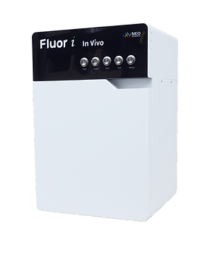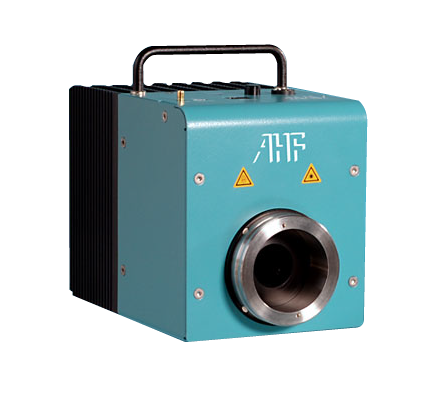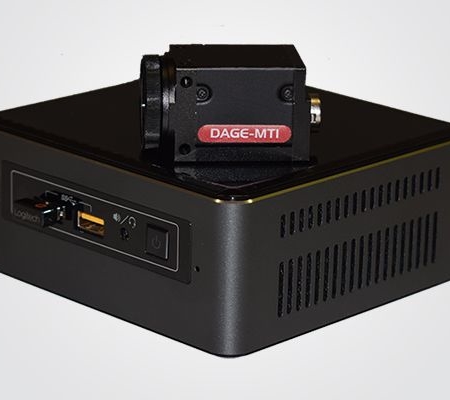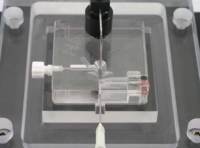Description
Optogenetics is a biological technique which involves the use of light to control cells in living tissue, typically neurons, that have been genetically modified to express light-sensitive ion channels. Optogenetics is now an important research method in the neuroscience community.
ALA Scientific’s Light Stimulation Device (LSD-1) can be incorporated into existing electrophysiology setups where light sensitive ion channels are being studied. Optical stimulation over standard electrical stimulation techniques affords researchers the advantage of non-invasively stimulating targeting areas.
Key features of the LSD-1 include:
- LED intensity control via manual knob or via analog signal for computer control
- Easily changeable LED’s for different wavelength use
- Low-noise electronics for integration into electrophysiology setups
- Field illumination when light guide connected to scope optics
- No warm-up period needed
- Combine the LSD-1 with the OptoPatcher electrode holder to make a power optogenetic stimulator
Last Updated on March 6, 2024
Details
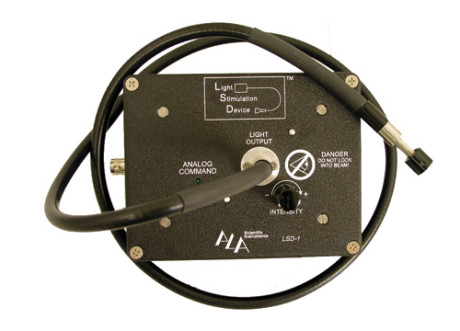
The LSD-1 uses a single LED to enable the application of a narrow wavelength of light for use as illumination or stimulation of a sample or biological preparation. Using a liquid light guide, or fiber optic cable (sold separately), the LSD’s output can be aimed at a sample on a microscope stage for field illumination to reveal photofluors or other luminescent substances. The light guide can also be introduced to microscope optics by connection to an appropriate port on a microscope to provide field illumination.
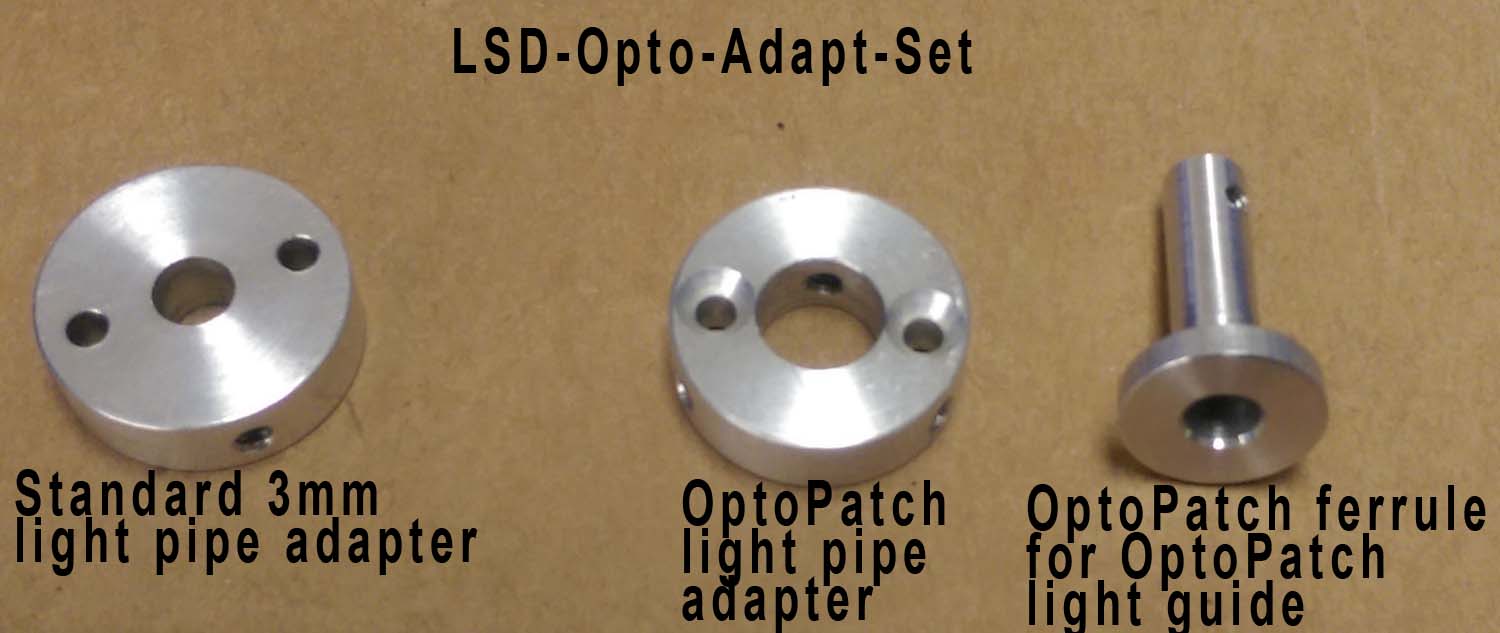
The LSD-1 via a fiber optic cable can also be connected to the OptoPatcher electrode holder for stimulation through a patch pipette.

The intensity of the LED can be controlled manually by a dial on the top of the controller, or an analog signal can be connected to the side BNC to provide computer control of the intensity and on/off of the LED via data acquisition system.
If necessary, the LED can be changed to another wavelength via a simple procedure.
Last Updated on March 6, 2024
Specifications
| Universal AC adapter |
Input 100 – 240 VAC 50/60 Hz
Output 6 VDC @ 2.5 A max output |
| Power Fuse (5 x 20 mm) |
2.0 A Fast Blow 250V |
| Analog voltage input |
0 – 5 VDC |
| Temperature Range |
0°C to 65°C |
| Enclosure (W x H x D) |
13.2 x 9.4 x 8.1 cm (5.20 x 3.7 x 3.2 in) |
| Enclosure Weight: |
0.36 kg (0.8 Lbs.) |
| Wavelengths (nm) |
Color |
|
465
|
Blue |
|
520
|
Green |
|
624
|
Amber |
*These are the wavelengths available at this time due to the LED manufacturer in a state of flux with regard to power and light output. New wavelengths will be listed as they become available.
Last Updated on March 6, 2024
References
Bonzanni M, Rouleau N, Levin M, Kaplan DL (2020) Optogenetically induced cellular habituation in non-neuronal cells. PLOS ONE 15(1): e0227230. https://doi.org/10.1371/journal.pone.0227230
Last Updated on March 6, 2024
Ordering
| Part# |
Description |
|
LSD-1
|
One channel light stimulating device using high power LED with 3mm light pipe adapter- specify wavelength when ordering. |
|
LSD-LG
|
3mm Standard liquid light guide |
|
LED-XXX
|
Replacement LED module for LSD-1, includes heat sink, LED, PCB and connectors. XXX is specified wavelength |
|
LSD-LG-OPTO
|
OptoPatch light guide without light guide ferrule and set screw holder to LSD |
|
LSD-Opto-Adapt-Set
|
200um light guide ferrule and set screw holder to adapt LSD-1 to OptoPatcher |
Last Updated on March 6, 2024
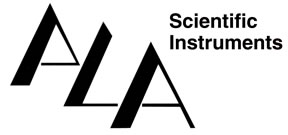

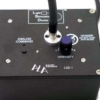


 The intensity of the LED can be controlled manually by a dial on the top of the controller, or an analog signal can be connected to the side BNC to provide computer control of the intensity and on/off of the LED via data acquisition system.
The intensity of the LED can be controlled manually by a dial on the top of the controller, or an analog signal can be connected to the side BNC to provide computer control of the intensity and on/off of the LED via data acquisition system.
